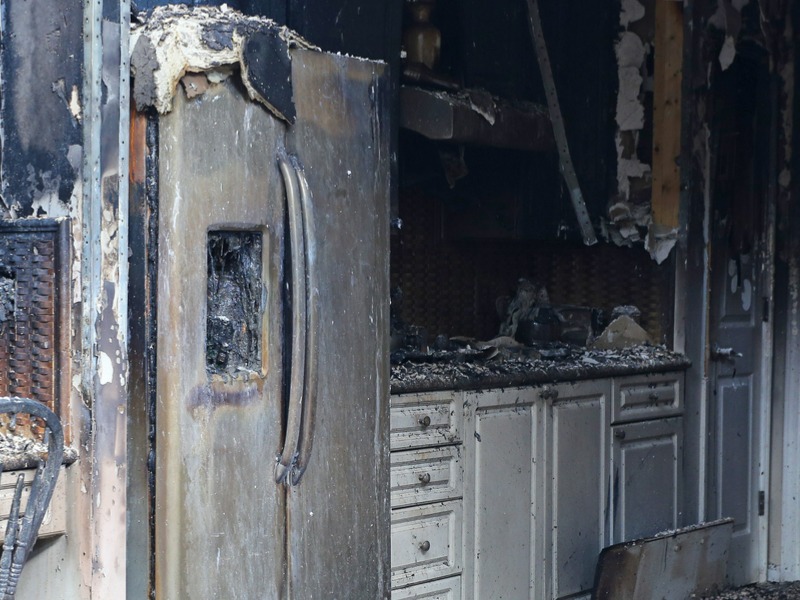Do your clients know what to do after a wildfire?

Across Canada, wildfires are happening with increasing frequency. And forecasts call for 2024’s wildfire season to be challenging.
An estimated 60,000-plus communities across Canada are located in places of significant wildfire risk, notes Glenn McGillivray, managing director of the Institute for Catastrophic Loss Reduction (ICLR).
In regular wildfire seasons, experts generally advise people living in fire-prone areas to prepare to be self-sufficient for a minimum of 72 hours. But more recently, the rising severity and intensity of catastrophe events has experts encouraging Canadians to be ready to extend that timeframe, notes a new commentary from RatesDotCa.
Beyond taking proper safety precautions, it notes Canadians should understand the steps needed to protect themselves in the wake of a wildfire evacuation.
“In the aftermath of such a destructive event, there are some key things consumers can do to ensure they are getting covered for what they signed on for,” says Daniel Ivans, an insurance expert at RatesDotCa.
Step-by-step
If a wildfire damages a client’s home, they should take the following steps:
Photograph damage to the house and any of its contents. This will help insurers determine the level of damage and the client’s loss.
Keep and compile all receipts for accommodation, food, and other incidentals if staying outside the home. Brokers should also ensure consumers are informed of the limits of their policy coverage for accommodations and additional living expenses so that clients don’t unknowingly exceed them. This is especially important if clients have to be out of their homes for a long time.
And, before a catastrophic fire event, clients should be advised to:
Keep records of the home’s contents and proof of valuable items, such as receipts for art or jewelry, that can be used to ascertain the value of damaged items. “A video or pictures taken of each room in the home and kept on a cloud server can be helpful in recalling the home’s contents after damage has occurred,” RatesDotCa notes.
In addition to post-fire procedures, other experts note it’s critical to ensure homeowners have good knowledge of ways to reduce a wildfire’s ability to impact their houses in the first place.
This includes clearing debris like dry leaves or grass clippings, and moving plants and flower beds away from the home’s siding; removing hedges of easily combustible plants such as cedar; and cutting dead or diseased trees that are farther away from the house.
Feature image courtesy of iStock/wellesenterprises







